Distributed Carbon Storage Technology Using Cascading of Woody Biomass
Fujita Corporation
Outline
This is a carbon storage technology for local production and local consumption to recover CO2 from the atmosphere as biomass, convert it to energy, use by-products as water treatment material, and finally supply agricultural fertilizer. More specifically, it provides carbon storage and positive environment and economy cycles at local scale with the cascading of woody biomass by (1) using biomass that is collectable in the region for distributed gasification power generation, (2) providing special treatment of by-product carbides to produce carbides with the feature of phosphorus adsorption (Prime Carbon®), (3) using it as phosphorus adsorption material for sewage treatment facilities, and (4) using phosphorus carbon as agricultural fertilizer after water treatment.
Description
[Description]
With the introduction of the FIT scheme to reduce greenhouse gas, the capacity of biomass power generation is increasing. Many power facilities have large steam turbines for 5 MW or larger, which is said to be the threshold for commercial viability. They have difficulties procuring fuel wood near the facilities and are importing woodchips and PKS. Gasification power generation has higher generation efficiency even when the facility is small, and it is suitable for local production and local consumption as the fuel consumption is limited, but it produces twice as much heat as power generated in terms of energy, making it unprofitable unless stable heat consumers are found. As by-products of power generation, carbides are also produced and treated as industrial waste, making it even less profitable.
As part of efforts for carbon storage in the U.S. and Europe, more work has been done on BECCS (BioEnergy with Carbon Capture and Storage) and the storage of bio-carbon for agricultural land. BECCS requires a large-scale biomass power generation facility equipped with separation and recovery units for carbon dioxide, and it has issues with evaluation of environmental influences for storage in earth layers. Biocarbon technology designed for carbon storage uses carbides that are produced from unused biomass to improve the soil for agricultural land, but the cost of manufacturing biocarbon is higher than that of growing crops, and thus it is not widely used.
To solve these issues, this technology adds commercial value to carbides, which are by-products of the biomass power generation as water treatment material, and also establishes an economically independent distributed carbon storage system for local production and local consumption with fertilizer features in addition to soil improvements for agricultural crops. More specifically, it provides carbon storage and positive environment and economy cycles at local scale with cascading of woody biomass by (1) using woody biomass that is collectable in the region for distributed gasification power generation, (2) providing special treatment for by-product carbides to produce carbides with the feature of phosphorus adsorption (Prime Carbon®), (3) using it as phosphorus adsorption material for sewage treatment facilities, and (4) using phosphorus carbon as agricultural fertilizer after water treatment. When implemented commercially, this technology has the potential of reducing CO2 by 26 million tons a year, equivalent to approximately 2% of the total greenhouse emissions in Japan, and when implemented worldwide it is expected to reduce CO2 by approximately 1.3 billion tons a year, equivalent to approximately 4% of the greenhouse emissions in the world.
[Challenges]
It has been proven that this technology provides efficient phosphorus adsorption features according to experiments with real wastewater, and satisfactory crop growth according to chemical analysis of phosphorous carbon and agronomy experiments, but commercial implementation of the technology requires further verification and pilot-scale trials for economical evaluation.
[Specific action]
This is a cross-disciplinary innovative technology spanning forestry, energy, environment, resource recycling, agriculture, and other governmental ministries and agencies, and therefore, pilot-scale trials and verification projects shall be performed with the understanding and collaboration of local governments for setting up model projects.
[Spread effects]
The following effects are expected when this technology is deployed widely both in and outside of the country.
・The carbon storage volume is expected to be 6 million tons a year, and when taking into account the volume of CO2 reduction with biomass power generation it is estimated to be 26 million tons a year, equivalent to 2% of the total greenhouse emissions in Japan. Furthermore, when the technology is implemented worldwide the carbon storage volume is expected to be 300 million tons a year, and with biomass power generation included it is 1.3 billion tons a year, equivalent to approximately 4% of the greenhouse emissions in the world, a significant possible measure for reduction of CO2.
・Promotion of effective use of logged and thinned wood, and wood residue from forest land, pruned wood, waste wood and untapped local biomass resources, all of which lead to reconstruction and stimulation of forestry in local regions.
・Contributing widely to the realization of a sustainable society, including effective recovery of phosphorous resources, for which concerns are raised about its future depletion, and which are global strategic resource for which Japan is 100% dependent on import, containment of environmental destruction associated with extraction of phosphate rock, maintenance of valuable water resources in regions, and so on.
・Realization of positive economy and environment cycles to create new businesses and jobs in local regions for forestry, distributed recyclable energy, water treatment, fertilizer, and other projects.
Other Innovation Challenges
FAST-BOX System: On-Site Desalination and Carbonation Technology for Incinerated Ash
Fujita Corporation
Similar Innovation Challenges
Achieving net zero carbon emissions from paint finishing processes
Taikisha Ltd.
Activities for reducing GHG of business operations in Nissin Electric Group
Nissin Electric Co., Ltd.



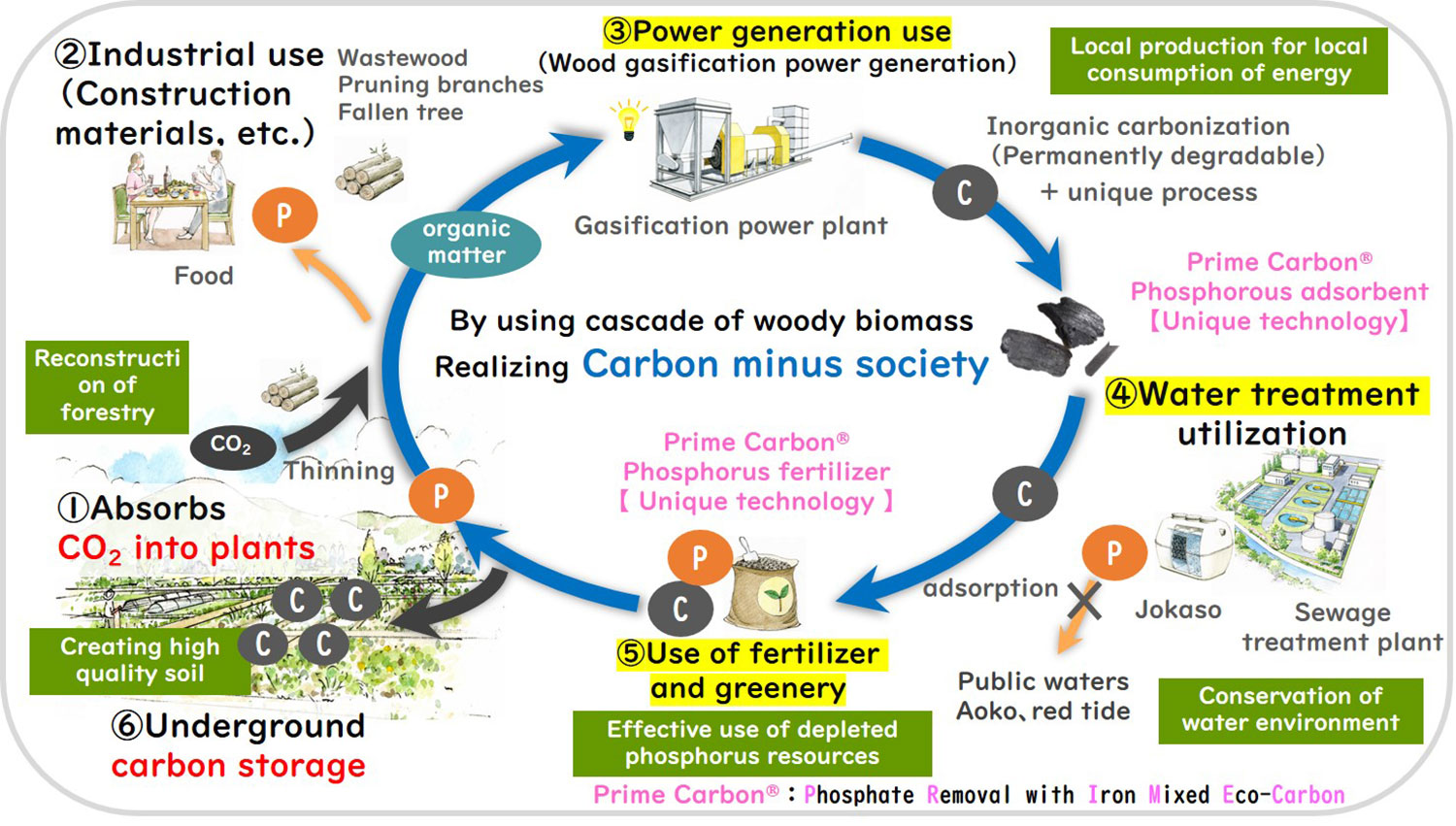
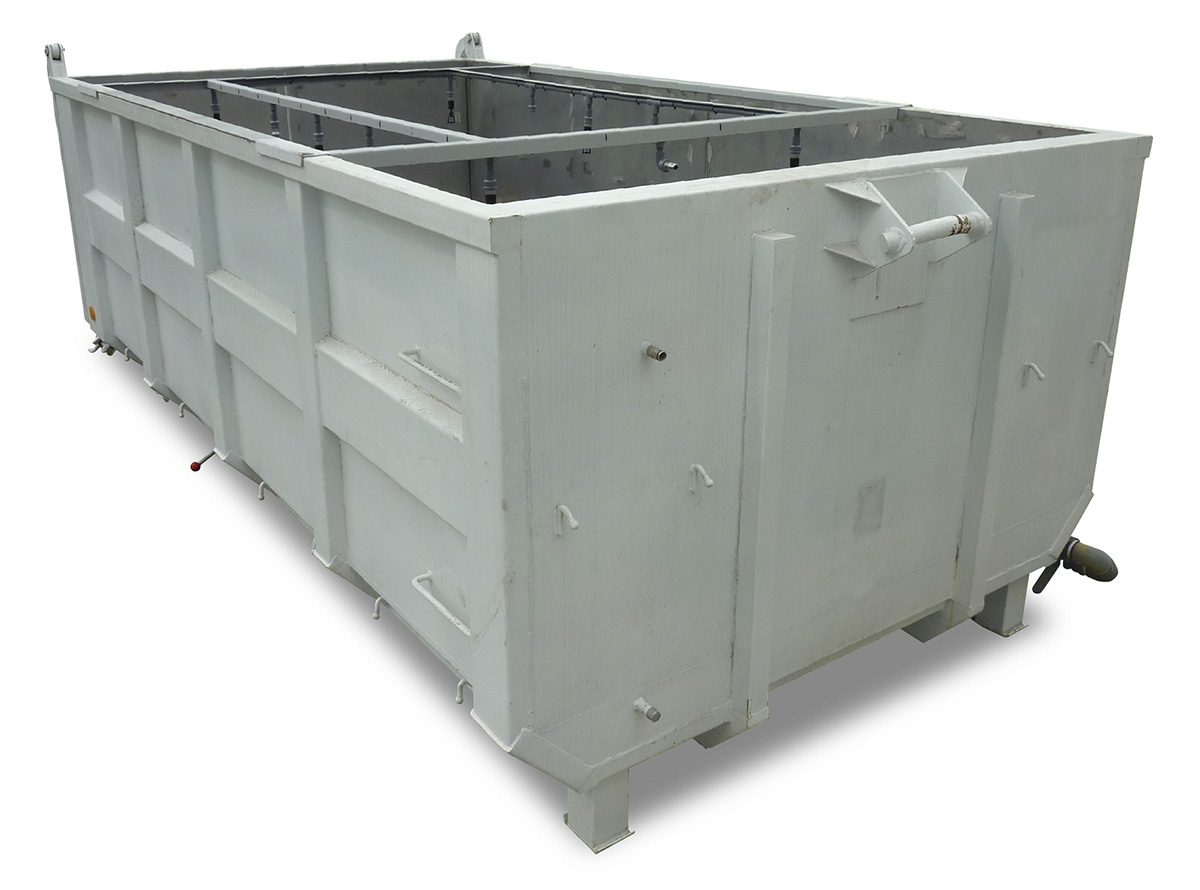

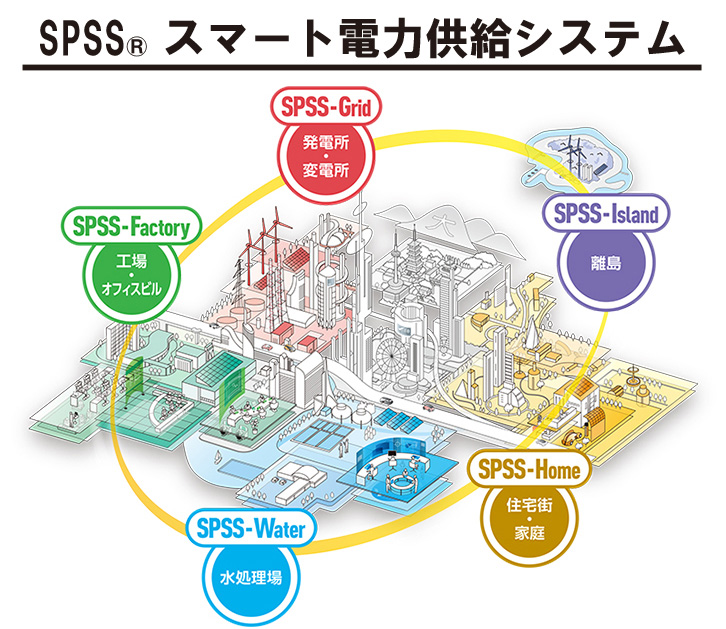
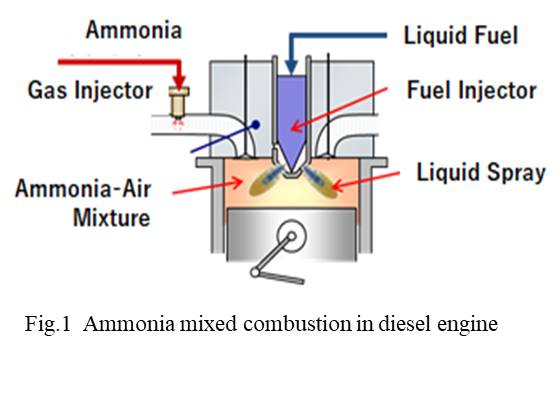
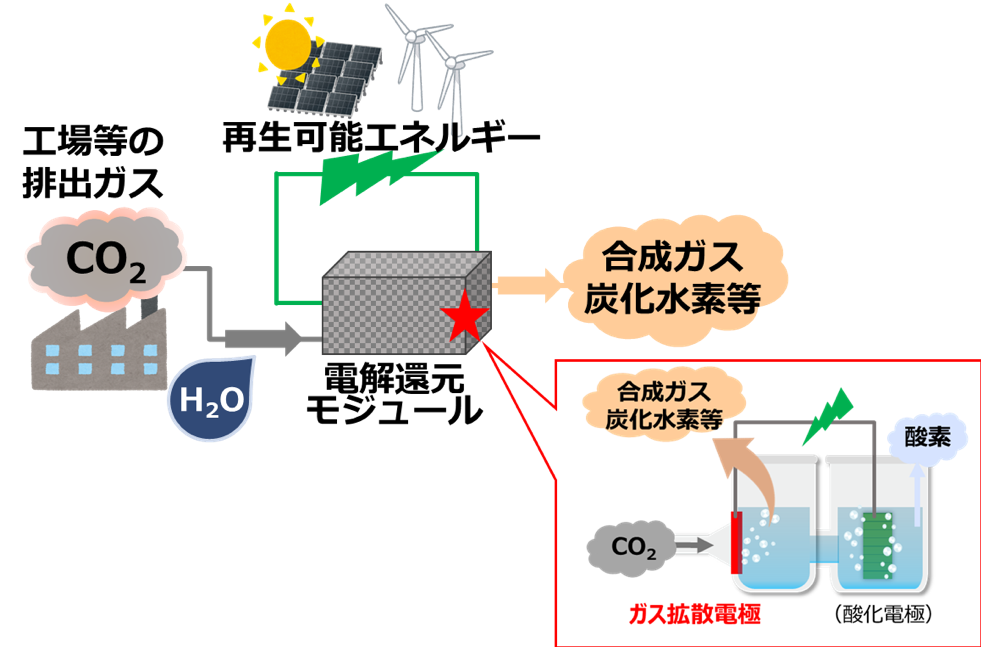
-1人工光合成技術.jpg?id=2&tid=759&imageNumber=1)